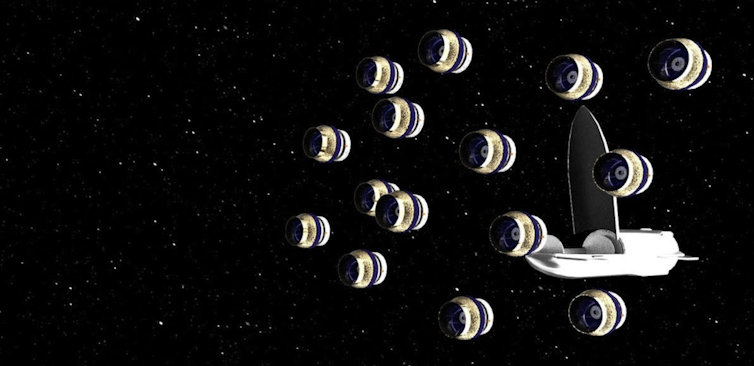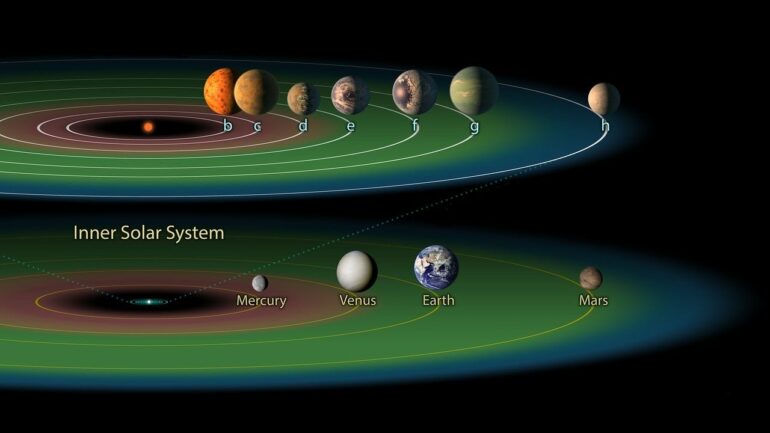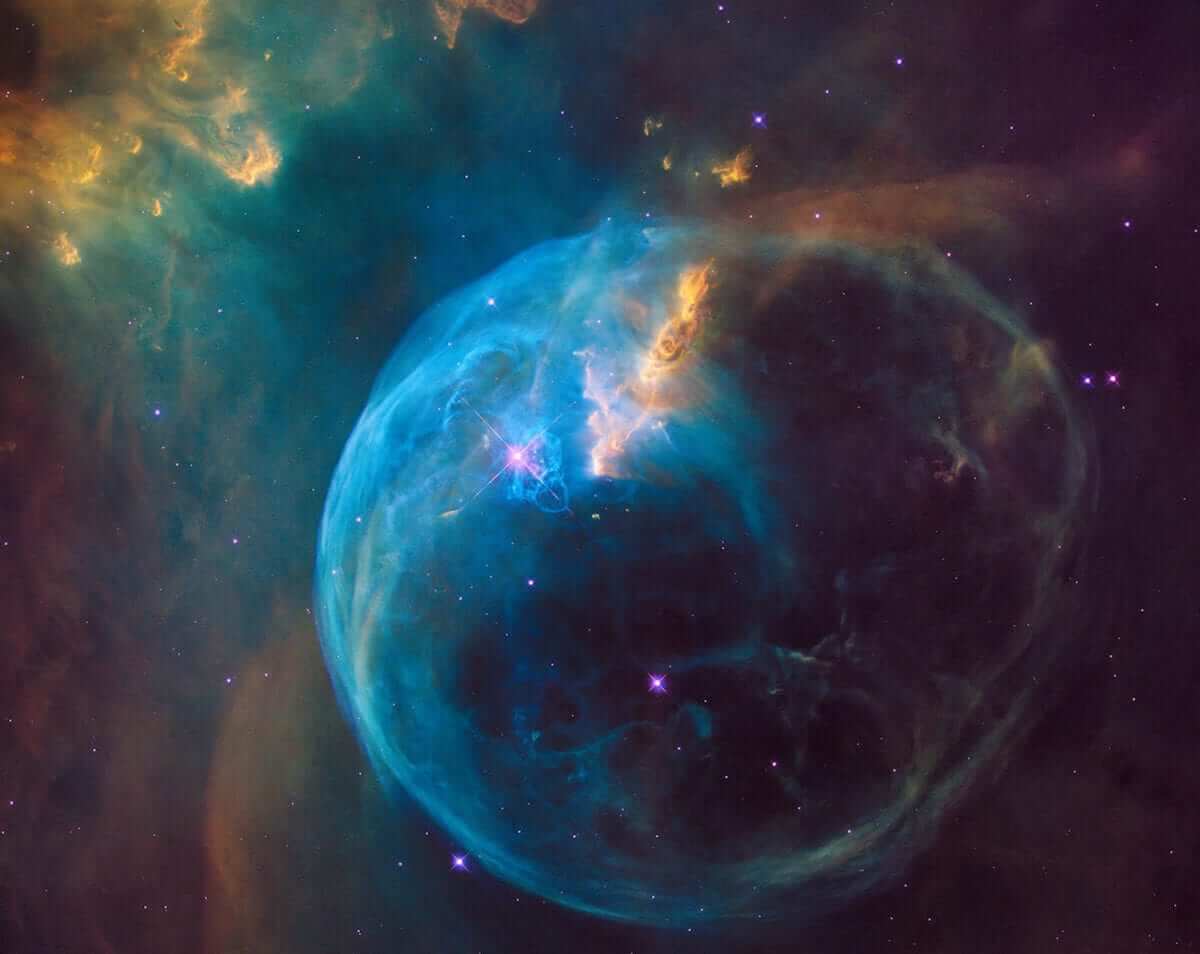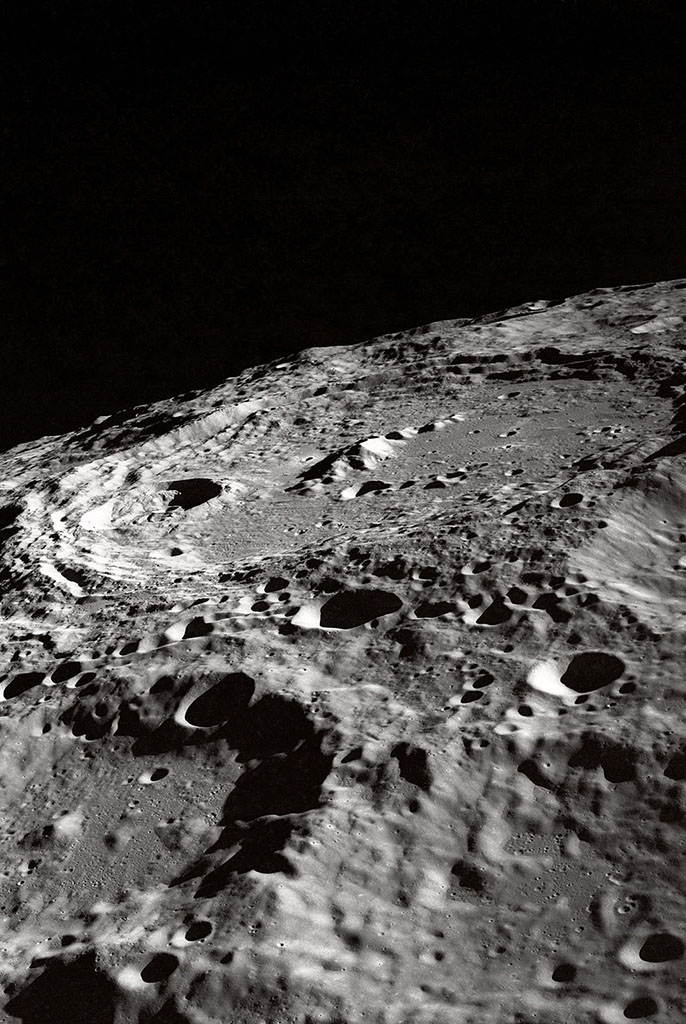The search for life beyond Earth is a key driver of modern astronomy and planetary science. The U.S. is building multiple major telescopes and planetary probes to advance this search. However, the signs of life – called biosignatures – that scientists may find will likely be difficult to interpret. Figuring out where exactly to look also remains challenging.
I am an astrophysicist and astrobiologist with over 20 years of experience studying extrasolar planets – which are planets beyond our solar system.
My colleagues and I have developed a new approach that will identify the most interesting planets or moons to search for life and help interpret potential biosignatures. We do this by modeling how different organisms may fare in different environments, informed by studies of limits of life on Earth.
New telescopes to search for life
Astronomers are developing plans and technology for increasingly powerful space telescopes. For instance, NASA is working on its proposed Habitable Worlds Observatory, which would take ultrasharp images that directly show the planets orbiting nearby stars.
My colleagues and I are developing another concept, the Nautilus space telescope constellation, which is designed to study hundreds of potentially Earthlike planets as they pass in front of their host stars.

Future telescopes, like the proposed Nautilus, could help search the skies for habitable planets.
Katie Yung, Daniel Apai /University of Arizona and AllThingsSpace /SketchFab, CC BY-ND
These and other future telescopes aim to provide more sensitive studies of more alien worlds. Their development prompts two important questions: “Where to look?” and “Are the environments where we think we see signs of life actually habitable?”
The strongly disputed claims of potential signs of life in the exoplanet K2-18b, announced in April 2025, and previous similar claims in Venus, show how difficult it is to conclusively identify the presence of life from remote-sensing data.
When is an alien world habitable?
Oxford Languages defines “habitable” as “suitable or good enough to live in.” But how do scientists know what is “good enough to live in” for extraterrestrial organisms? Could alien microbes frolic in lakes of boiling acid or frigid liquid methane, or float in water droplets in Venus’ upper atmosphere?
To keep it simple, NASA’s mantra has been “follow the water.” This makes sense – water is essential for all Earth life we know of. A planet with liquid water would also have a temperate environment. It wouldn’t be so cold that it slows down chemical reactions, nor would it be so hot that it destroys the complex molecules necessary for life.
However, with astronomers’ rapidly growing capabilities for characterizing alien worlds, astrobiologists need an approach that is more quantitative and nuanced than the water or no-water classification.
A community effort
As part of…



